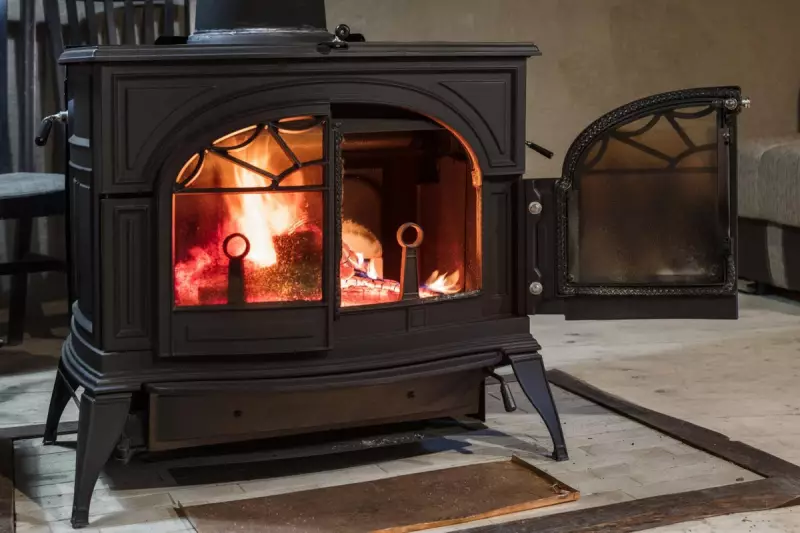
The comforting crackle of a wood-burning stove may be hiding a deadly secret, according to alarming new research. What many consider a cosy centrepiece in British homes is now being linked to hundreds of premature deaths across the United Kingdom each year.
The Invisible Killer in Our Living Rooms
Recent studies have uncovered that wood-burning stoves and open fires are significant contributors to dangerous air pollution levels. These seemingly harmless sources of warmth release fine particulate matter, known as PM2.5, which can penetrate deep into human lungs and bloodstream.
Professor Gavin Shaddick, a leading environmental intelligence expert, warns: "The contribution of wood burning to overall PM2.5 concentrations across the UK is substantial and increasing. Many people are unaware of the health risks they're creating in their own homes."
Alarming Statistics Reveal National Health Crisis
The numbers paint a concerning picture:
- Wood burning contributes approximately 21% of PM2.5 pollution in Greater London
- Hundreds of premature deaths annually attributed to wood smoke exposure
- Particulate pollution linked to respiratory diseases, heart conditions and strokes
- Urban and rural communities equally affected by the growing trend
Why the Sudden Increase in Wood Burning?
Several factors have driven the resurgence of wood as a fuel source:
- Energy cost crisis prompting alternative heating solutions
- Aesthetic appeal and the desire for cosy home environments
- Perceived environmental benefits of renewable biomass fuel
- Rising installation of modern wood-burning stoves
However, experts caution that the "natural" label can be misleading. While wood is a renewable resource, the combustion process releases harmful pollutants that affect both indoor and outdoor air quality.
Protecting Your Family's Health
Health professionals recommend several precautions for those who choose to burn wood:
- Ensure proper ventilation when using wood burners
- Use only well-seasoned wood with low moisture content
- Consider upgrading to newer, more efficient stove models
- Be mindful of neighbours, particularly those with respiratory conditions
- Explore alternative heating methods where possible
As winter approaches and energy bills remain high, many Britons will be tempted to light their stoves. But this new research suggests we might be paying a much higher price than we realise for that cosy warmth.





